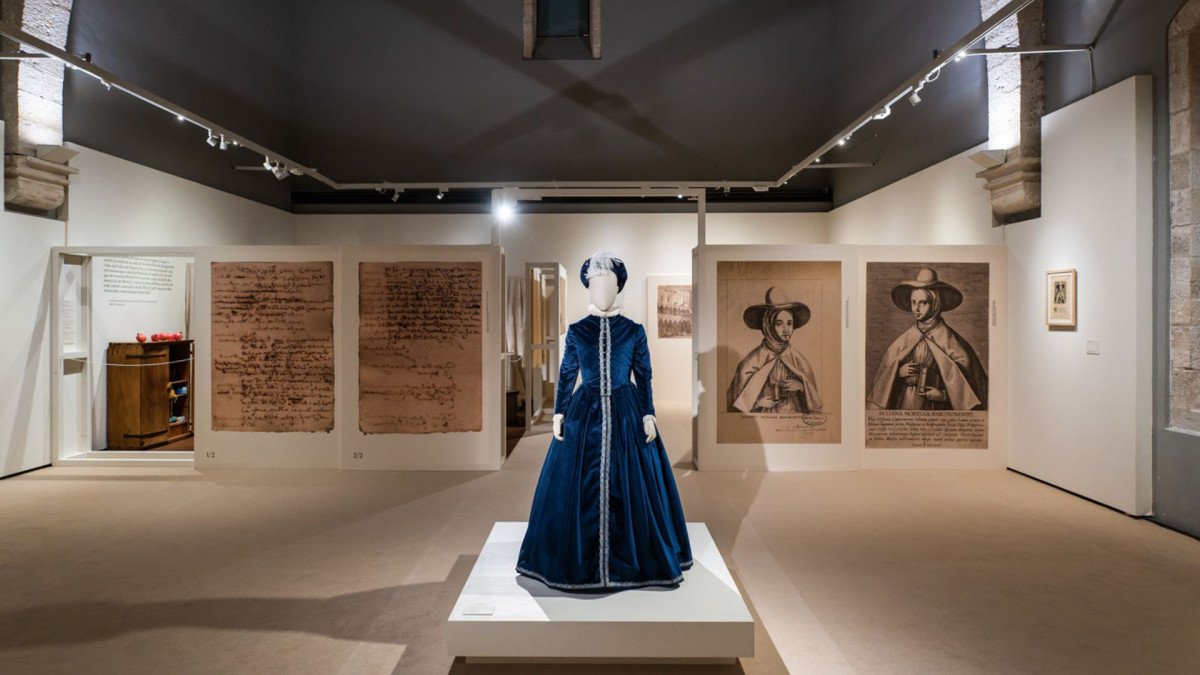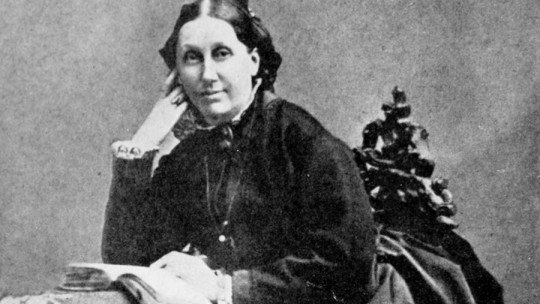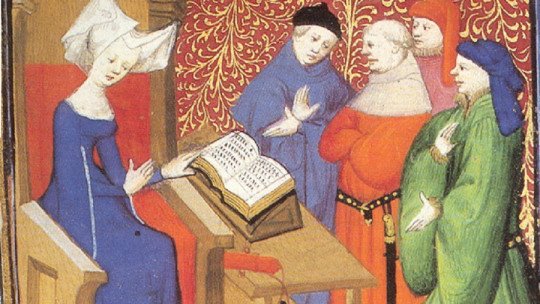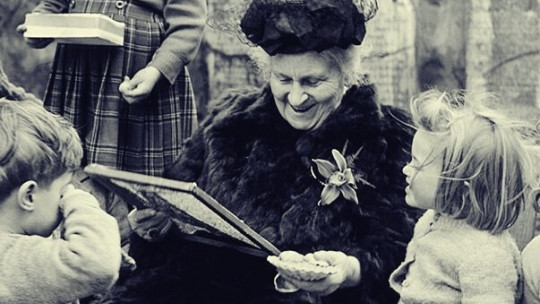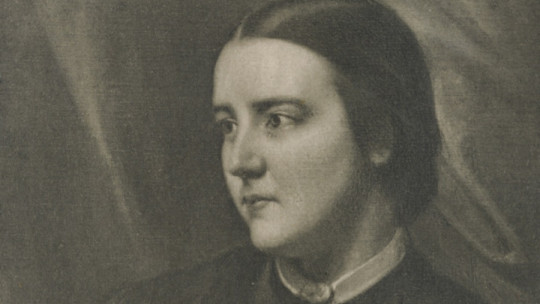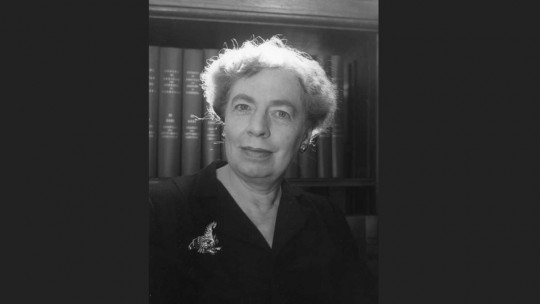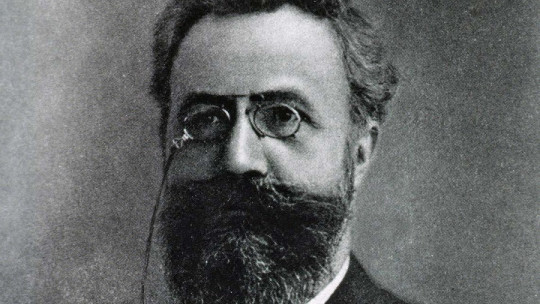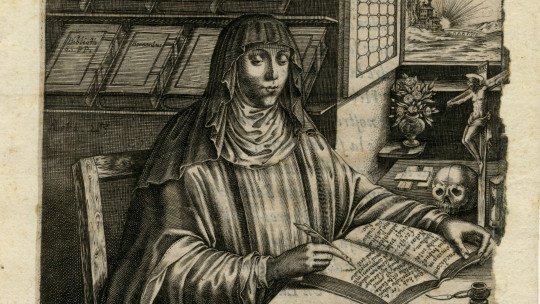
She was known as “miracle of her sex.” Juliana Morell (1594-1653) lived at a time when women did not have access to higher education; some even questioned the intellectual capacities of the female gender. Thus, the astonishing intelligence of this Barcelonan, who received her doctorate in Philosophy when she was only twelve years old, traveled around Europe and reached the ears of the Pope himself, who financed her dowry to enter a convent. If you are interested in learning more about this extraordinary woman, keep reading. Today we talk about the first female doctor in history, Juliana Morell.
Brief biography of Juliana Morell, the first female doctor in history
Juliana Morell, Teresa de Jesús (1515-1582) and Isabel II (1830-1904) are the only women who appear in the decoration of the auditorium of the University of Barcelona. Until the date the room was erected (1870) little or nothing was known about this extraordinary woman, but, fortunately, little by little her memory has been recovered. And Juliana Morell was, neither more nor less, the first woman in history to obtain a doctorate; Of course, she had to do it “extra-university”, since in the 17th century women were not allowed to enter universities.
A prodigy girl
The future doctor was born on Cendra Street, in Barcelona, on February 16, 1594. She was the daughter of a certain Joan Antoni Morell who, apparently, had had her with a maid named Bartomeua. This put little Juliana in a delicate situation, since it made her a natural daughter and, therefore, without legitimate rights.
However, the girl was raised in the Morell home, in the care of Juana, Joan Antoni’s wife. Very soon, the man realized the amazing intelligence of his daughter, that she precociously absorbed any teaching she was given. Joan Antoni Morell decided to give his little girl an exquisite education and, at the age of four, Juliana studied at home with several teachers and learned to speak fluent Latin, Greek, Hebrew, Syriac and Arabic, in addition, of course, to Catalan and Arabic. Castilian.
Hebrew was a highly valued language within the Morell family, since they were descended from Jewish converts. In fact, Joan Antoni took the girl’s Hebrew instruction very seriously, and even (as he himself wrote) hired a rabbi from Venice to teach her precise pronunciation in that language.
In addition to private classes in the house that the family had on Argenteria Street, little Juliana went daily to the convent of Santa Maria de Montsió, located in Barcelona itself, where she was taught not only in reading, writing and music, but also in philosophy, theology, arithmetic, jurisprudence and music, among other disciplines.
Juliana’s day began around 5 in the morning, when the girl was woken up and dressed. While she was eating breakfast, she began the first lesson of the day. Around 8 o’clock, Juliana left for the monastery, where she remained studying until lunchtime and then until 5 in the afternoon, when she returned to the family home to have a snack and continue studying. For Juliana, the day did not end before 8 at night, at which time she finished a long marathon of studies of no less than twelve hours.
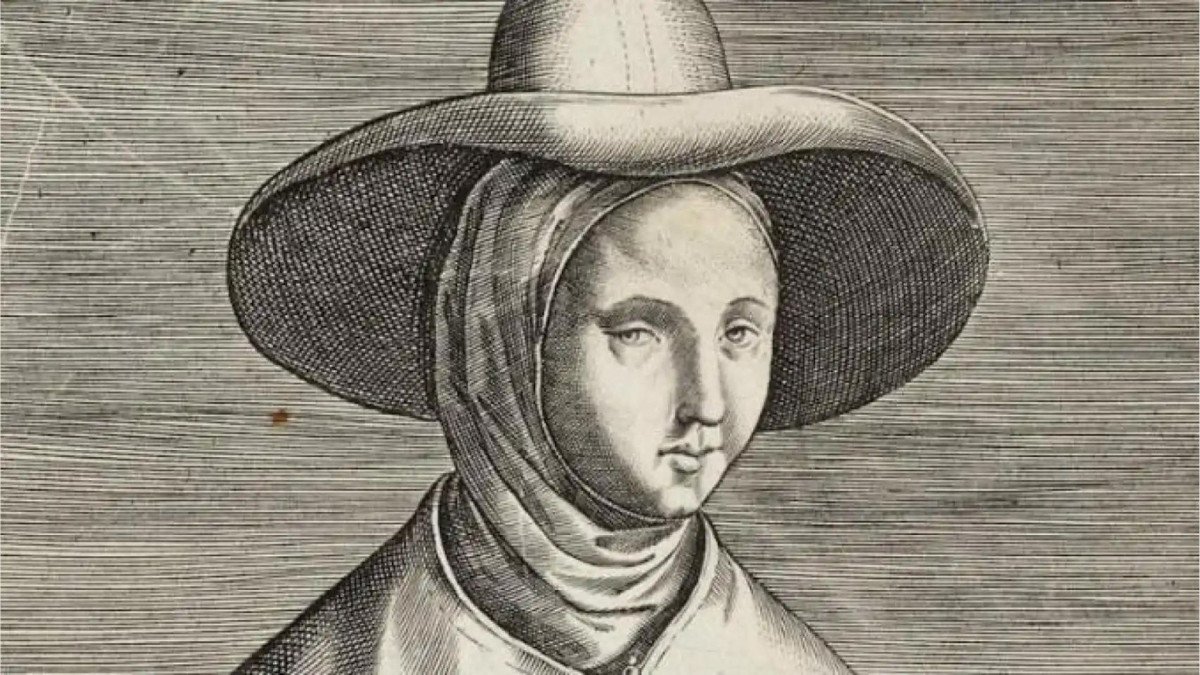
Doctor of Philosophy at the age of twelve
Instruction at the monastery of Santa María de Montsió ended when Juliana was six years old. First, the Dominicans in charge of her instruction informed her father that they could not teach her anything else (which demonstrates, once again, the girl’s precocity). On the other hand, Joan Antoni Morell found himself involved in a murky affair with a murder involved, and had to flee from the Crown of Aragon. It is the year 1600; While the father escapes justice, the girl is left in the care of a Dominican nun (her adoptive mother had already died), who in turn takes charge of the Morell estate.
The separation between father and daughter will not last long. In August 1601, little Juliana, aged seven, reunited with Joan Antoni in France, and both settled first in Paris and then in Lyon, where the girl continued her studies. The various professions of the father (who was a banker and merchant) allowed the family to go into exile in a more or less comfortable way.
Juliana will never return to Barcelona, the city where she was born. In 1606, at the age of twelve, the teenager defended her thesis on Philosophy before a few of her dignitaries, in her own house in Lyon. By then, the young woman’s fame had reached practically all the courts of Europe, including the papal one; Joan Antoni, her father, has personally made sure that her “creation” was well known, with the most likely intention of profiting from it.
At the beginning of the 17th century (and as it continued to be for several more centuries) women were prohibited from entering universities, so the thesis defended by the very young aspiring doctor could only be recognized unofficially. For the occasion, reserved for the day she turned twelve, her father had a beautiful blue velvet dress made with silver trimmings, with a graceful matching hat that featured a delicate white feather. We must imagine this teenage girl, arranged among intellectuals and clerics, defending her in Latin and Greek, languages that she mastered perfectly. The attendees were amazed, and Juliana Morell became the first woman to receive a de facto doctorate in Philosophy.
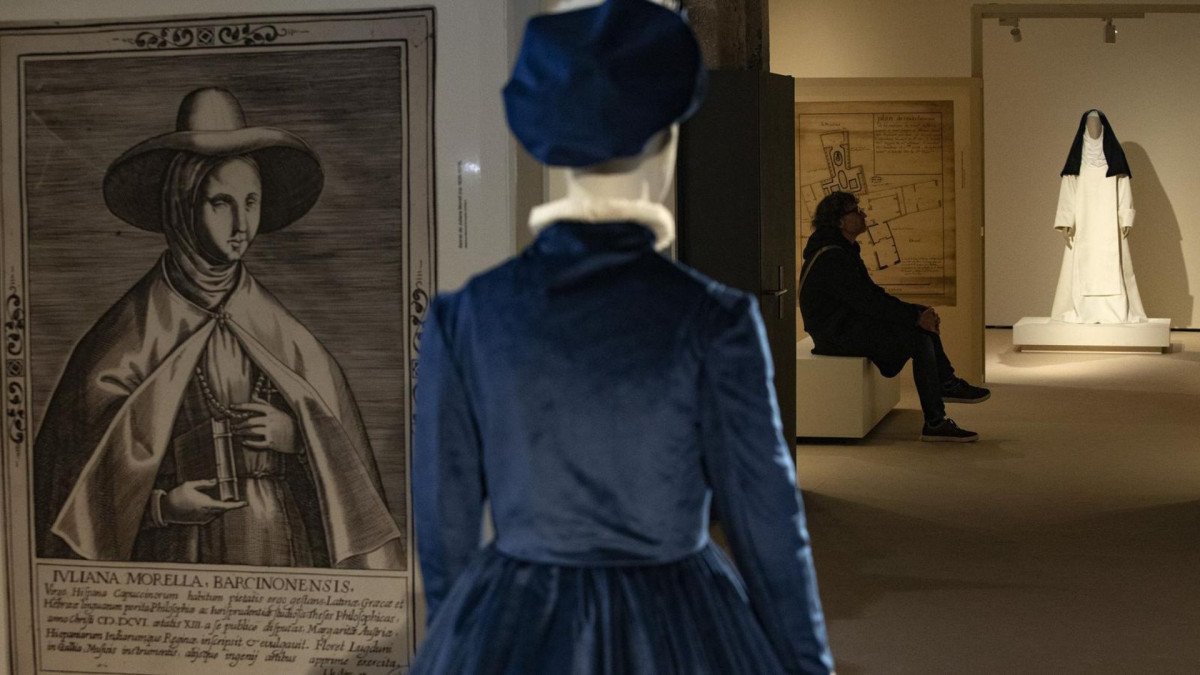
The convent as freedom
One might think that the status achieved by Juliana at such a young age was the dream goal of any young girl. However, it was not so. The newly minted doctor was tired of her father using her as a mere “show.” She wanted to continue educating herself, but not at the cost of acquiring a fame that she neither believed in nor that she wanted to achieve.
The final straw in the increasingly bitter disagreements between father and daughter occurred in 1608, when Juliana was fourteen years old. Joan Antoni intended to marry her, because at that time it was unthinkable for a woman to remain single unless she entered a convent. Desperate, Juliana asked for help from the illustrious people who had supported her. She did not want to get married, because she knew that this would mean the end of her studies. He only had one option left; If he wanted to continue studying and be free, he had to enter a convent.
That was the great paradox of the time; Any woman who longed for a little freedom (especially intellectual freedom) had to become a nun. Only in this way could she escape from an imposed marriage that would relegate her to the mere space of the home, without any opportunity (or very few) to get close to books. Thus, in 1609, Juliana entered the monastery of Saint Praxedes in Avignon; as she herself said, inspired by the “smell of holiness” of the place.
The following year, at the age of sixteen, Juliana Morell abandons the life of the century and professes her vows, to the disappointment of her father, who, in a last attempt to prevent his daughter’s entry into sainthood, denies her the corresponding dowry. This dowry is finally paid by some of Juliana’s supporters, among whom is Pope Paul V himself.
A “miracle of her sex”
In Saint Praxedes of Avignon Juliana spends the rest of her life, completely devoted to study and prayer. Between the four walls of the cloister, the young woman finds the space and time she needs to translate works from Latin and Greek into French, in addition to adding her own comments, just as she did with Vicente Ferrer’s Vita Spiritualis. . On the other hand, she was prioress on no less than three occasions, and also became teacher of her novices, to whom she dedicated writings oriented towards scholarship and faith.
Juliana Morell is also a symbol of counter-reformation Europe, especially after the bloody wars of religion that had plagued France during the previous century. Spurred on by her great supporter, the Princess of Condé (a fervent defender of the consolidation of Catholicism), Juliana Morell became the great woman of the Counter-Reformation in France, in the same way that Teresa of Jesús was in the Hispanic Crown.
Juliana Morell is a woman of her time. Not only because of his fervent adherence to Catholicism, but because he combines in his writings the characteristic rationalism of the time (derived from Descartes) with the poetic mysticism (almost “erotic”, we could say) of the religious literary currents of the time, such as the of Teresa of Jesus herself or her companion John of the Cross. In short, Juliana Morell was a prodigy of her time due to her astonishing precocity and indisputable talent, which for the intellectual misogynists of the century meant a “miracle of her sex.”.
